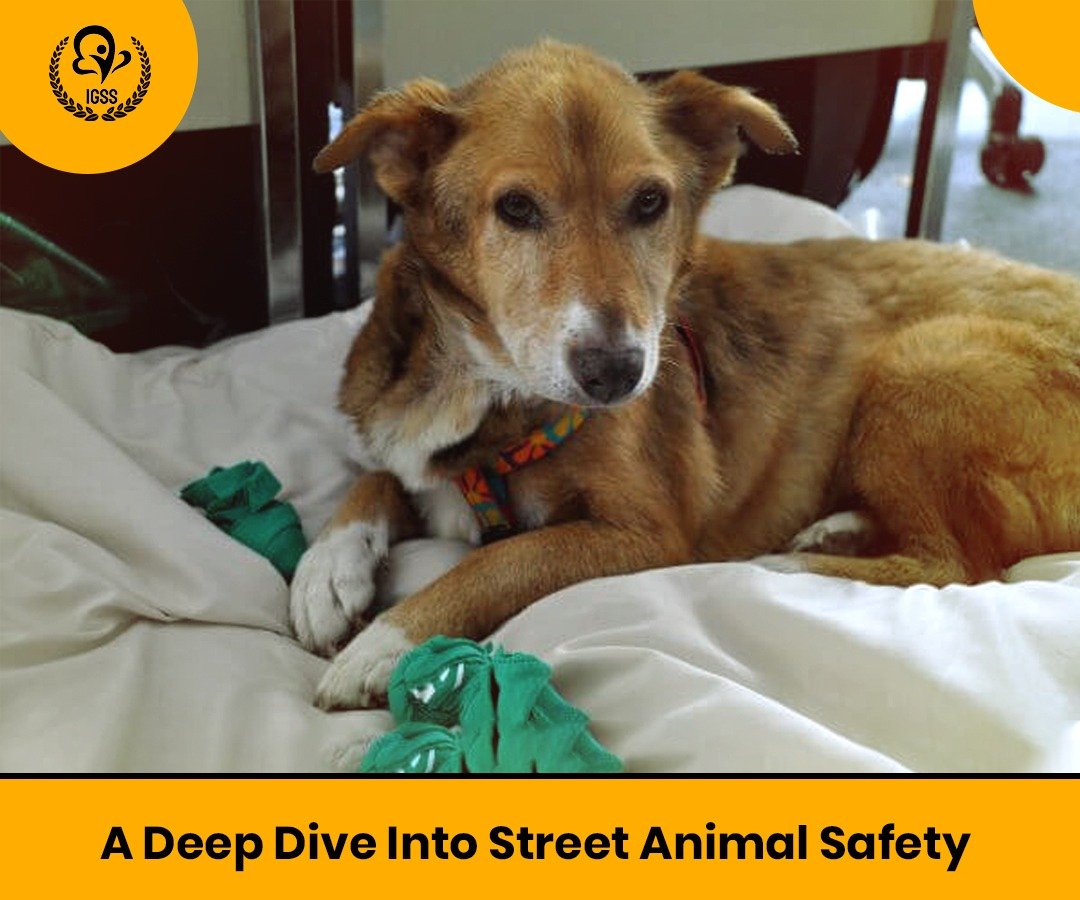
In India, there are 91 lakh street cats and 6.2 crore stray dogs. Their living standards are beyond comprehension, and this number keeps rising daily. The majority of strays are born on the streets, but some are left behind by their owners for a variety of reasons, and still others are runaway pets who became strays as a result of careless pet owners. These figures have substantially increased since the start of Covid-19, making India the country with the highest levels of animal abandonment rates worldwide.
Tackling Street Animals on Road
We are renowned for having the highest number of traffic-related fatalities worldwide. The prevalence of animals on Indian roads is one of the main causes. As there is very little in the way of road infrastructure in the nation that takes animal safety into mind, it is common to see these helpless creatures walking across the road or, in the case of cattle, relaxing comfortably on the sidewalk. Owners of domesticated animals who let them roam freely without taking into account bad circumstances are another factor.
If you as a rider don't include potential animal interactions on your list of precautions for Indian roads, you're still posing a risk to other road users and yourself. Although you can only take preventive action as a rider, there is a way to deal with this risk by anticipating the circumstance. Let's talk about the situations where you might run across an animal on the road and how to get through them safely so that neither the animal nor yourself suffer.
A few suggestions that might help safeguard drivers and animals on the street :
-
Keep a close eye out for signs warning of animal crossings or the absence of barriers. The warnings are posted for a purpose.
-
Limit your time being distracted by other people, food, and devices like cell phones. You'll be much more likely to see incoming animals with your range of vision if your whole focus is on the road.
-
Make it a practice to look at the side of the road as you drive.
-
The first and greatest line of defense is vigilance, particularly while using unfamiliar country roads. Scan the sides of the road with the assistance of the onlookers.
-
Expect that there are several animals nearby if you spot one animal.
Why has it become essential to take road safety measures to save street animals?
Many individuals still see these furry friends as a threat to human health and safety, despite the fact that millions of households love and accept their dogs as members of the family. These stray animals still make a significant contribution to the nation's welfare and hygienic conditions, despite being perceived as a threat to society. Stray dogs must dig through rubbish to find food crumbs in order to survive. They benefit public cleanliness as a result because they effectively get rid of the garbage that we carelessly dump. Strays frequently feed on small rodents, birds, lizards, and enormous insects. By doing so, these animals help to limit the potential spread of illness and pests.
These stray animals nevertheless lead dangerous lives and frequently suffer from heinous human attacks, ferocious fights with other strays, and traffic accidents. Also, infants are exposed to unhealthy settings that could put them at risk for choking, open wounds, the development of skin issues, and other health problems. Therefore, it is our common responsibility to ensure the care and safety of these animals. They are not only socially required, but also morally required.